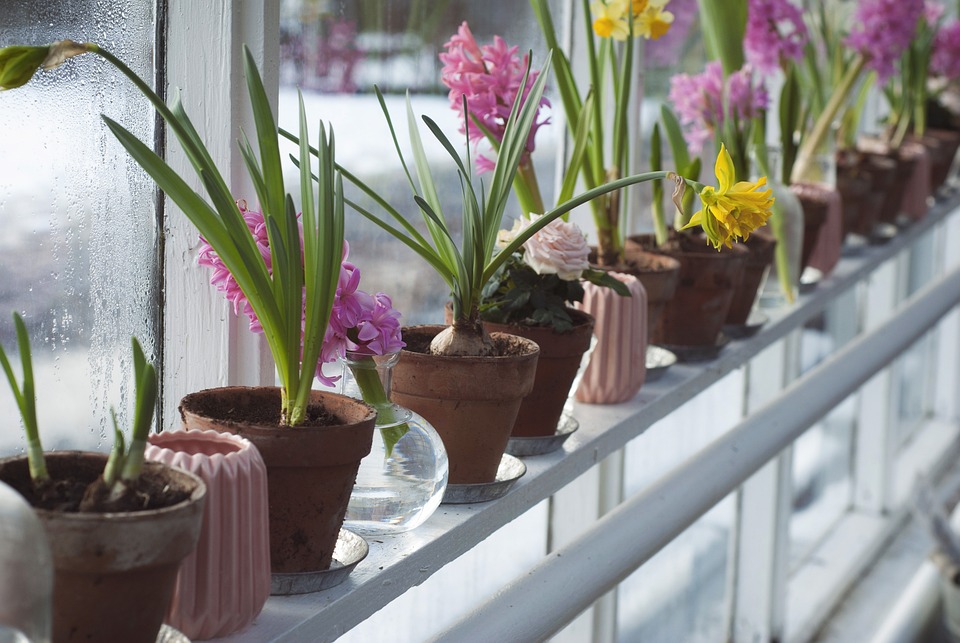Introduction
Food insecurity is a pressing issue that affects millions of people around the world.
With the growing population and the challenges posed by climate change, finding sustainable solutions to feed everyone is more crucial than ever.
One such solution is the implementation of greenhouse gardens, which have emerged as a game-changer in combating food insecurity while promoting environmental sustainability.
Benefits of Greenhouse Gardens
Greenhouse gardens offer multiple advantages that make them an effective tool in addressing food insecurity.
Firstly, the controlled environment inside a greenhouse allows for year-round cultivation, overcoming the limitations of seasonal variations and unpredictable weather conditions.
This consistency ensures a constant supply of fresh produce, essential for meeting the nutritional needs of communities.
Additionally, the controlled environment also helps to protect crops from pests and diseases.
By minimizing the use of chemical pesticides, greenhouse gardens provide a healthier and more environmentally friendly option for food production.
Furthermore, the ability to manipulate temperature, humidity, and light in a greenhouse improves crop yield and quality, thus maximizing the efficiency of agricultural practices.
Integration of Technology
Greenhouse gardens have embraced technological advancements to optimize their performance.
Automation systems, such as computerized irrigation and climate control, allow for precise monitoring and adjustment of environmental factors.
This technology not only reduces the labor required but also optimizes resource usage, minimizing water and energy waste.
Furthermore, sensors and data analysis tools enable real-time monitoring of plant health, allowing for early detection and prevention of potential issues.
Technology integration also extends to innovative cultivation techniques.
Hydroponics and aeroponics, for example, involve growing plants in nutrient-rich water or misted air, respectively, without soil.
These methods utilize fewer resources, such as water and space, than traditional agriculture, making them particularly suitable for urban settings or areas with limited arable land.
Community Empowerment and Food Security
Greenhouse gardens not only provide a sustainable source of fresh food but also serve as a valuable resource for community empowerment.
With the right knowledge and training, individuals and communities can establish their own greenhouse gardens, ensuring long-term food security and self-sufficiency.
By promoting education and skill development, greenhouse gardens empower individuals to take control of their food production, reducing their dependence on external sources and contributing to community resilience.
The benefits of greenhouse gardens extend beyond directly addressing food insecurity.
These gardens often become centers for community engagement and social interaction, fostering a sense of belonging and shared responsibility.
Additionally, their aesthetic appeal and environmental benefits, such as improved air quality and carbon sequestration, enhance the overall well-being of the community.
FAQs
Q: How do greenhouse gardens contribute to environmental sustainability?
Greenhouse gardens promote environmental sustainability by minimizing resource waste and reducing chemical pesticide usage.
They also utilize innovative cultivation techniques, such as hydroponics and aeroponics, to optimize resource usage and reduce environmental impact.
Q: Can greenhouse gardens be implemented in urban areas?
Yes, greenhouse gardens are particularly suitable for urban areas as they can be adapted to fit small spaces, such as rooftops or vacant lots.
Their controlled environment and innovative cultivation techniques make them ideal for vertical farming or transforming underutilized urban spaces into productive food-growing areas.
Q: Are greenhouse gardens financially viable for small-scale farmers?
While initial investment costs may be higher compared to traditional open-field farming, greenhouse gardens can provide a higher return on investment due to improved crop yield and quality.
Additionally, the year-round cultivation and reduced reliance on external inputs can lead to greater financial stability for small-scale farmers.
Q: How can individuals get involved in greenhouse gardening?
Individuals interested in greenhouse gardening can start by educating themselves about the principles and techniques involved.
Local agricultural extension offices, community organizations, and online resources can provide valuable information and guidance.
Additionally, joining community garden initiatives or volunteering at existing greenhouse gardens can offer hands-on experience and networking opportunities.




